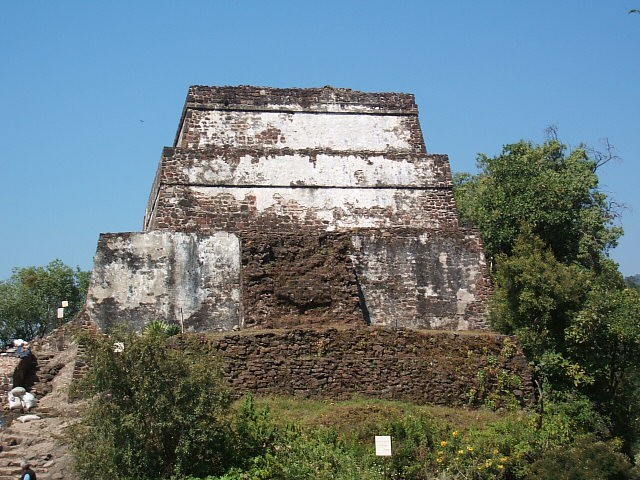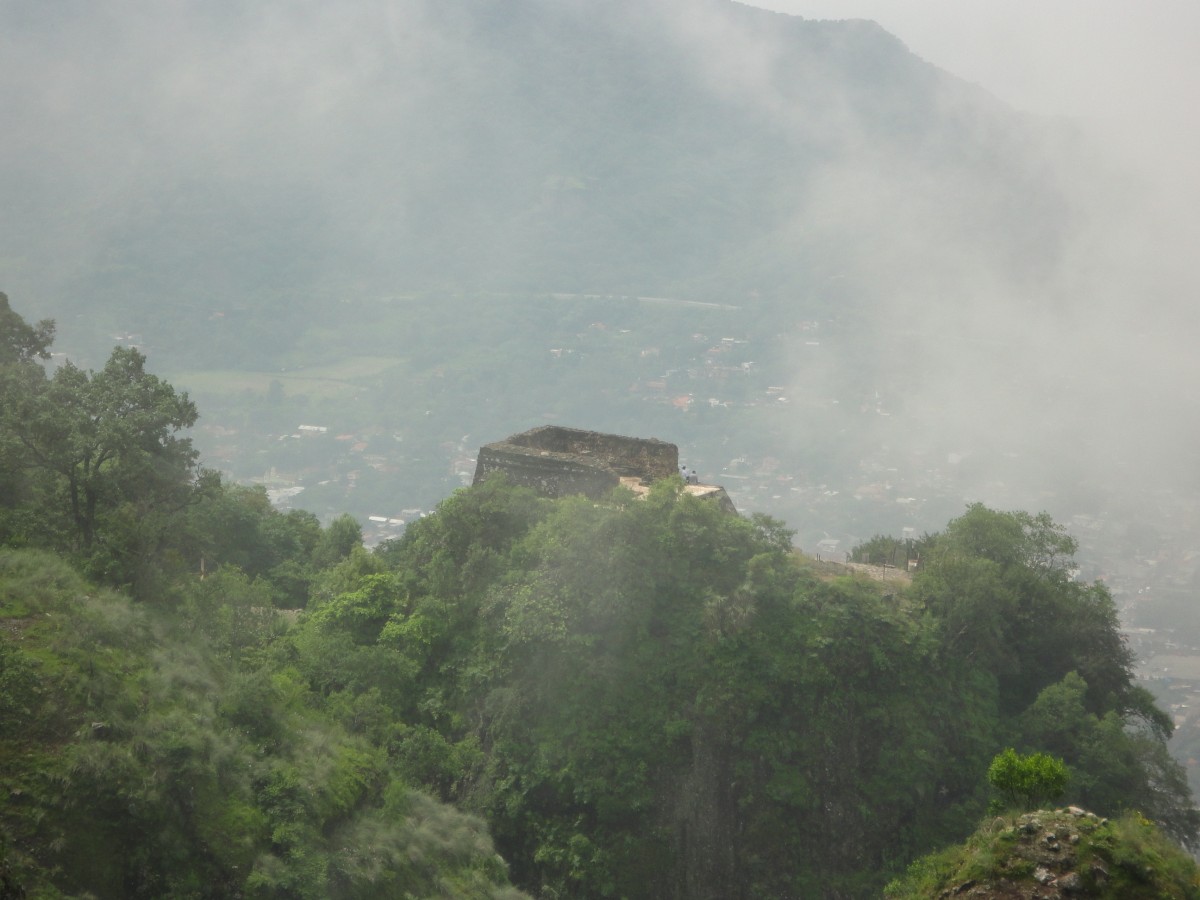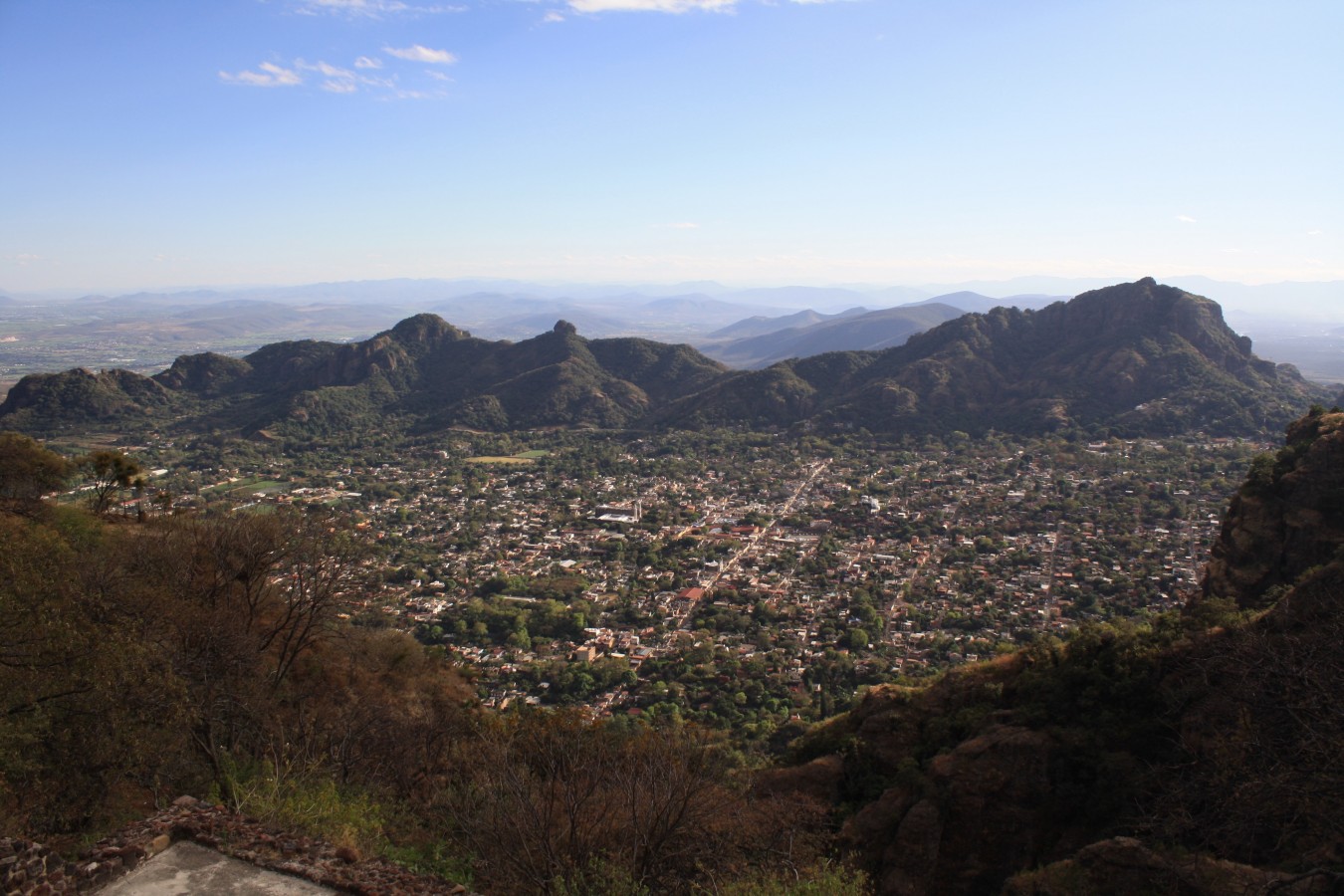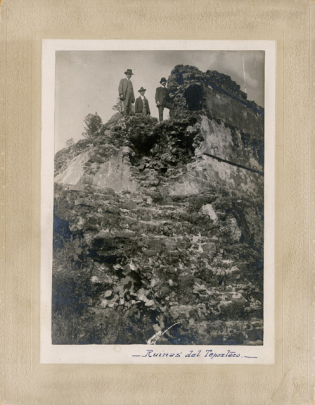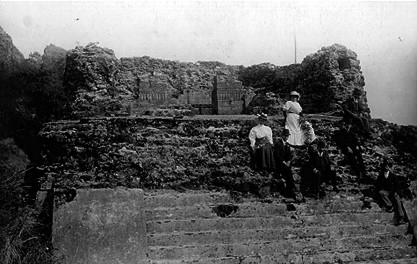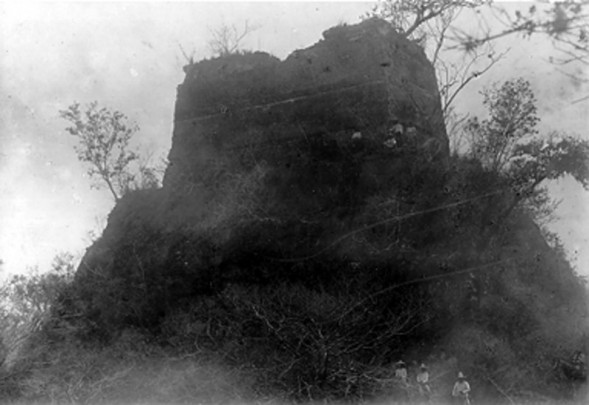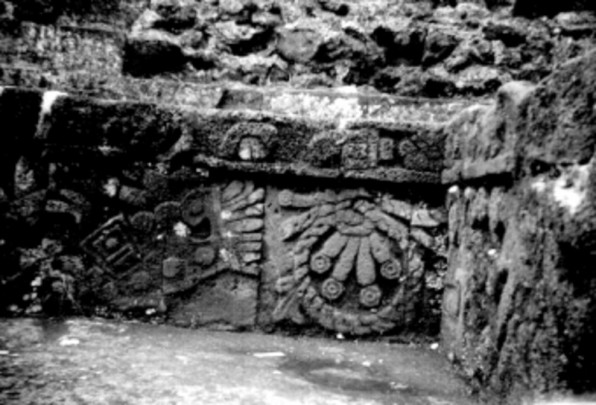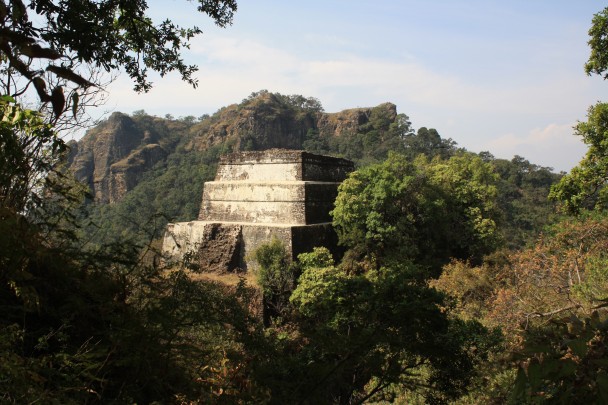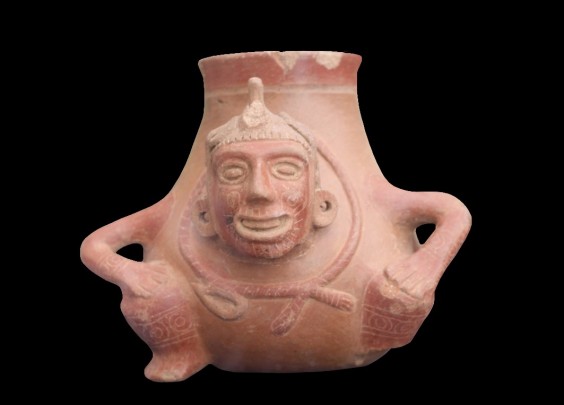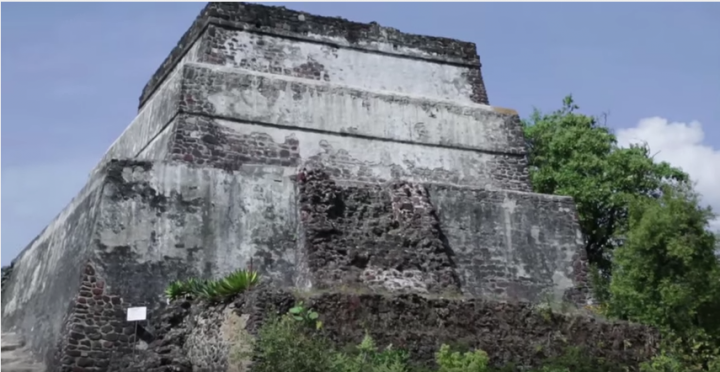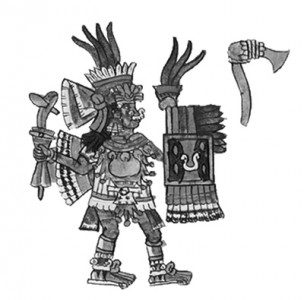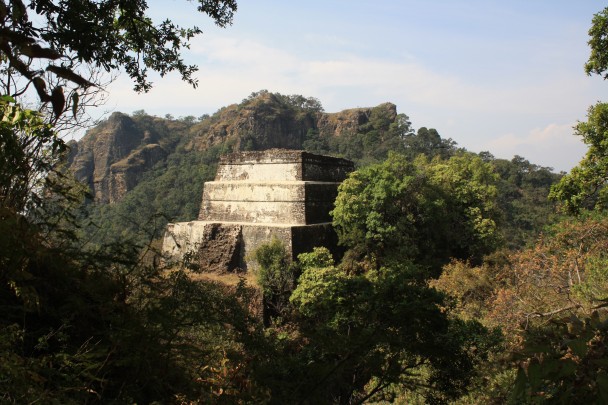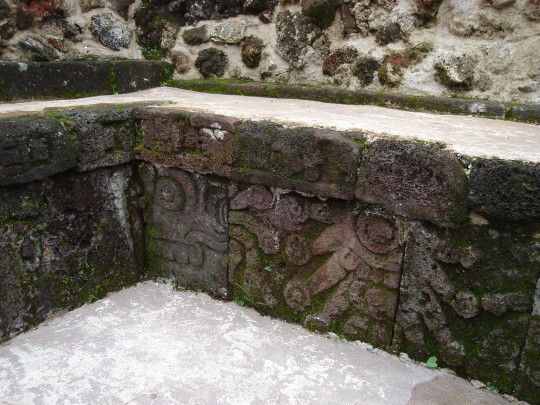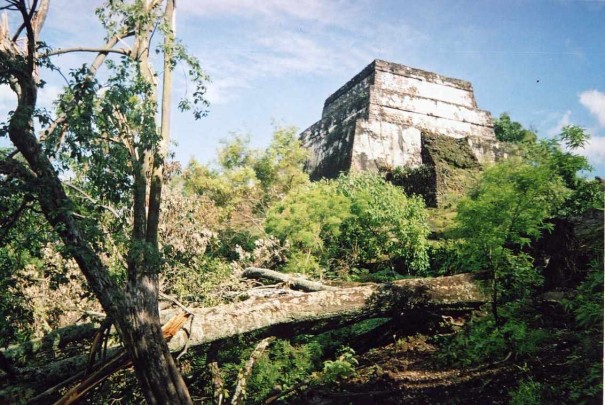Tepozteco
Place of copper, of the axes, or of broken stones
Administrative center of the domain of Tepoztlán, perched high in the sierra of the same name, the construction of houses, palaces, temples and housing complexes was started around 1200 AD. Here they worshipped Ometochtli-Tepoztecatl, god of pulque, fertility and the harvest. A superb view of the surrounding valleys.
About the site
Many tribes were forced to migrate due to the failure of Toltec cities and contracting Mesoamerican borders. As part of this process, Nahua groups erupted into the Central Mexican Plateau. The Xochimilca occupied the southern part of the basin of Mexico and the northern part of Morelos between 1200 and 1220, founding or occupying towns such as Tepoztlán, Totolapan, Tlayacapan, Ocuituco, Tetela and Hueyapan. Tepoztlán ruled this valley, and subjugated not only the aforementioned towns, but also Tepecuytlapilco (San Juan Tlacotenco), Cacatepletac (Santa Catarina), Acacueyacan (San Andrés de la Cal), Xocotitlán (Santo Domingo), Amatlán and Santiago Tepetlapan. Its territory was bordered by Xochimilco in the north, Yauhtepec and Xihutepec in the south, Cuaunahuac in the west and Tlayacapan in the east.
The building system used by the inhabitants of Tepoztlán consisted of a process of leveling through terraces. Everything from residential units to the large monumental platforms where the temples rested were built upon these. Finally, the territory’s flat areas were reserved for agriculture.
The ruins at the top of the hill were considered one of the most sacred areas by the ancient Tepoztecs, which is why they erected a shrine to their god Tepoztecatl in this place. This building was so important that, according to certain evidence, it received visitors from Guatemala.
The “man-god” would have lived inside the shrine. This was someone considered to be the bearer of the god’s essence, based on certain characteristics, and was therefore his manifestation on the human plane. It was very likely that this distinguished figure came down a few times a year to join the town’s most solemn celebrations. The rest of the residents would have occupied the shrine intermittently, serving as part of the tribute delivered to the rulers of Tepoztlán. There were also scores of guards, plus servants, who were relieved by people from other “calpulli” or towns under the dominion of Tepoztlán.
The building system used by the inhabitants of Tepoztlán consisted of a process of leveling through terraces. Everything from residential units to the large monumental platforms where the temples rested were built upon these. Finally, the territory’s flat areas were reserved for agriculture.
The ruins at the top of the hill were considered one of the most sacred areas by the ancient Tepoztecs, which is why they erected a shrine to their god Tepoztecatl in this place. This building was so important that, according to certain evidence, it received visitors from Guatemala.
The “man-god” would have lived inside the shrine. This was someone considered to be the bearer of the god’s essence, based on certain characteristics, and was therefore his manifestation on the human plane. It was very likely that this distinguished figure came down a few times a year to join the town’s most solemn celebrations. The rest of the residents would have occupied the shrine intermittently, serving as part of the tribute delivered to the rulers of Tepoztlán. There were also scores of guards, plus servants, who were relieved by people from other “calpulli” or towns under the dominion of Tepoztlán.
Did you know...
- Access to the shrine was strictly controlled. Only servants or those authorized to meet the man-god could enter.
- At the height of Tepoztlán’s splendor, the terraces and platforms would have looked like a single great pyramidal structure.
- The architectural complex of the shrine consists of the temple, its ancillary rooms and the plaza.
An expert point of view

Jaime Francisco Reséndiz Machón
Centro INAH Morelos
-
+52 (777) 314 4048
Directory
Responsable Académica de la Zona Arqueológica
P.A. Giselle Canto Aguilar
This email address is being protected from spambots. You need JavaScript enabled to view it.
+52 (777) 137 8520
Responsable operativo de la Zona Arqueológica
Omar Rodríguez Campero
This email address is being protected from spambots. You need JavaScript enabled to view it.
+52 (777) 314 4046 y 314 4048


